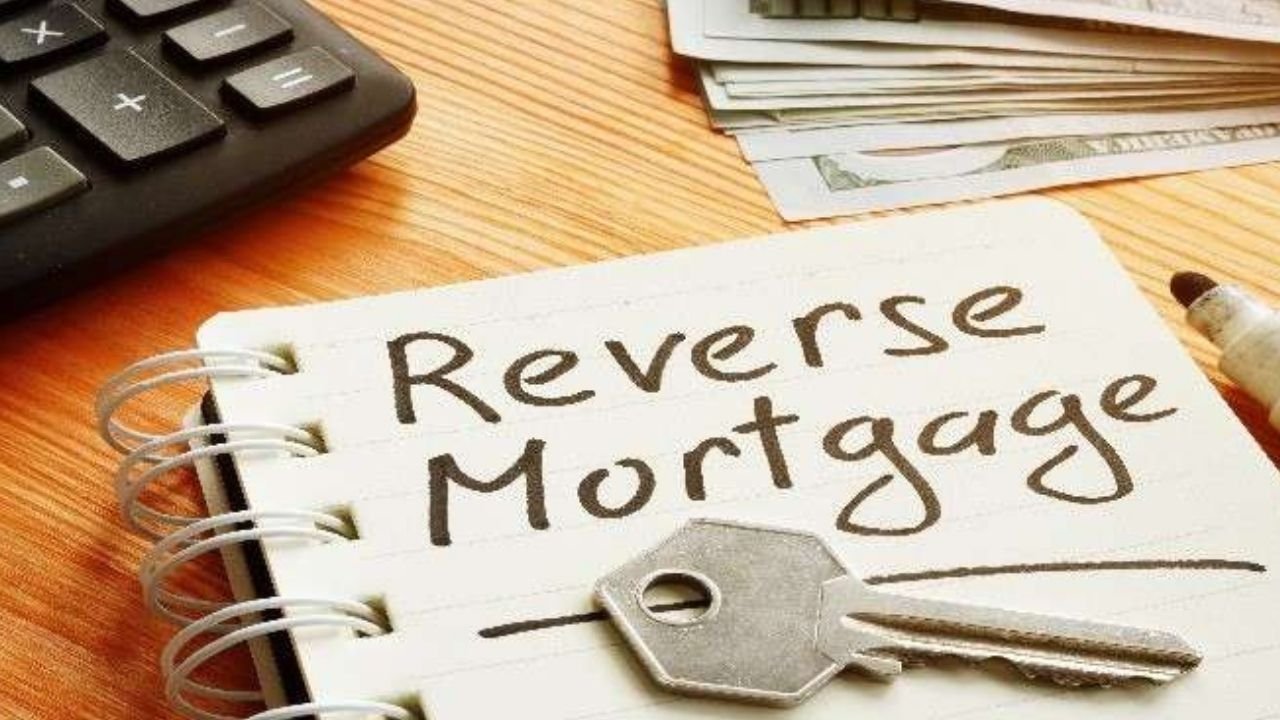As retirement approaches, many older Americans look for ways to complement their income with out returning to work. For house owners, one capacity solution is a reverse mortgage a economic product that lets in retirees to tap into their home fairness at the same time as continuing to stay of their property.
While a opposite mortgage can offer valuable financial relief, it additionally comes with complexities and capacity pitfalls that every retiree should recognize before committing. Here’s an in depth observe the blessings, risks, and key considerations related to reverse mortgages.
What Is a Reverse Mortgage?
A reverse loan is a loan to be had to house owners aged 62 and older that permits them to convert part of their domestic’s equity into coins. Unlike a traditional mortgage, wherein you are making monthly bills to a lender, a opposite mortgage will pay you — both as a lump sum, monthly payments, or a line of credit.
The most not unusual kind is the Home Equity Conversion Mortgage (HECM), that is insured by means of the Federal Housing Administration (FHA). You maintain ownership of your own home, and repayment isn’t required till you move out, promote the property, or skip away. At that factor, the loan stability along with interest and prices is repaid, typically through the sale of the home.
Benefits of a Reverse Mortgage for Retirees
Reverse mortgages can offer several financial advantages, especially for retirees living on a fixed income or those who want to stay in their homes long-term.
- Steady Income Stream
Retirees can choose to receive monthly payments, providing a reliable source of income for everyday expenses, healthcare, or other needs. - No Monthly Mortgage Payments
Borrowers are not required to make monthly loan payments as long as they live in the home and keep up with property taxes, insurance, and maintenance. - Flexible Payout Options
You can receive funds as a lump sum, monthly disbursement, or line of credit depending on your financial goals. - Non-Recourse Loan Protection
Reverse mortgages are non-recourse loans, meaning you or your heirs will never owe more than the home’s value, even if property prices drop. - Stay in Your Home
Reverse mortgages allow retirees to age in place staying in their familiar home while accessing the equity they’ve built over decades. - Tax-Free Income
The money received from a reverse mortgage is not considered taxable income, which can help preserve other retirement benefits and minimize tax liabilities.
Risks and Drawbacks of Reverse Mortgages
Despite the benefits, reverse mortgages are not suitable for everyone. They convey numerous dangers and costs that retirees must weigh cautiously.
- High Fees and Interest Costs
Reverse mortgages typically come with origination expenses, final expenses, and mortgage insurance rates, that may lessen the full amount you get hold of. - Reduced Home Equity for Heirs
Since the mortgage balance grows through the years as interest accrues, there can be little to no equity left on your heirs once the house is offered to repay the loan. - Potential for Foreclosure
Borrowers must retain to pay belongings taxes, owner of a house’s coverage, and preserve the house. Failure to do so can bring about foreclosures, even though you’re no longer making monthly loan payments. - Complexity and Misunderstanding
Reverse mortgages can be tough to understand. Misinterpretation of terms and reimbursement situations might also result in economic stress in a while. - Impact on Government Benefits
While the proceeds themselves aren’t taxable, large lump-sum withdrawals may additionally affect eligibility for desires-based totally programs consisting of Medicaid or Supplemental Security Income (SSI). - Long-Term Costs
Because hobby accumulates over the existence of the loan, the full repayment quantity can emerge as massive potentially exceeding the authentic borrowed amount by using a wide margin.
Who Should Consider a Reverse Mortgage?
A reverse mortgage can be a good option for:
- Retirees with massive domestic equity however limited coins float.
- Those who plan to live in their domestic lengthy-time period and do no longer intend to go away it to heirs.
- Individuals who want to cover unexpected scientific charges or domestic renovations.
However, retirees who plan to transport within some years or want to keep their home’s value for inheritance may additionally locate different alternatives like downsizing or a domestic fairness line of credit (HELOC) greater appropriate.
Tips Before Applying for a Reverse Mortgage
- Consult a HUD-Approved Counselor – Federal regulation calls for borrowers to wait counseling before getting a HECM. This enables ensure you completely apprehend the loan’s implications.
- Compare Lenders and Fees – Shop around for competitive interest rates and fee structures.
- Consider Family Discussions – Talk with heirs or financial advisors about how the loan might affect estate planning.
- Use Funds Wisely – Avoid unnecessary spending to ensure funds last throughout retirement.
Conclusion
A opposite loan may be a effective monetary tool for retirees searching for additional profits, but it is not with out dangers. While it lets in older owners to stay of their homes and liberate their fairness, it could additionally erode inheritance value and increase financial duties if not managed carefully.
Before you decide, retirees have to talk over with financial planners, circle of relatives individuals, and HUD-certified counselors to fully recognize the long-term effects. When used strategically, a reverse loan can offer financial freedom and peace of mind, supporting seniors stay without problems thru their retirement years without sacrificing their stability or safety.

